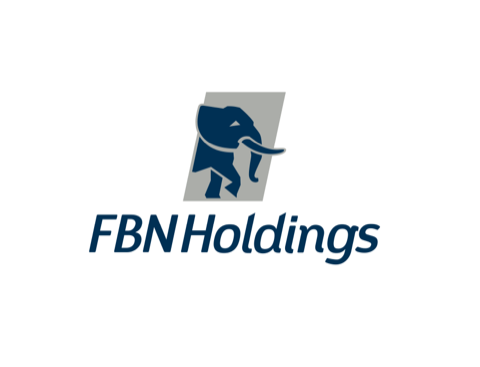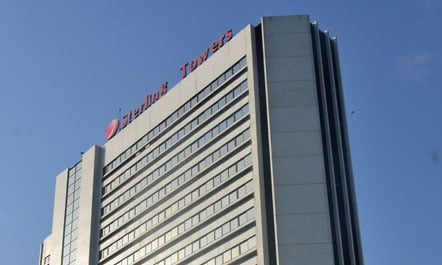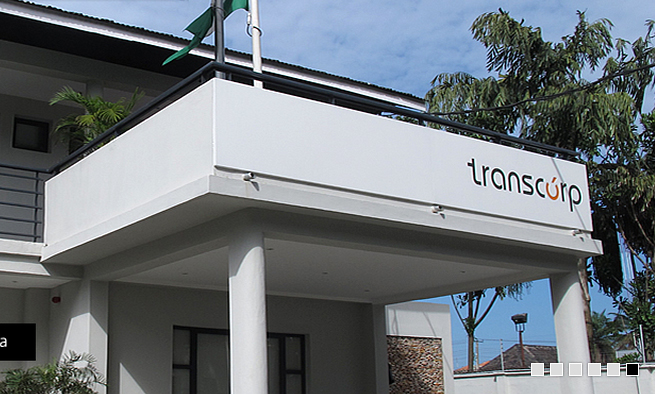FBN Holdings is still facing the value eroding forces that caused a big profit slash in 2015. Its first quarter report shows that credit losses have continued to multiply as they did in 2015 and profit capacity has continued to weaken. Revenue growth, which provided some strength to mitigate the pressure in the preceding year, is missing in the current year. The group’s new management faces the challenges of reconfiguring the operating functions to address the kinks on the cost-income ratio and re-establish stability in earnings performance.
Credit losses multiplied more than four and half times in 2015 from N25.9 billion in the prior year to N119.3 billion. That claimed one-quarter of the bank’s gross income of N505.2 billion in the year and exclusively accounted for an 82% crash in net profit. Rising credit losses have continued in the current year and so has profit capacity continued to weaken.
At the end of the first quarter, impairment charge for credit losses again multiplied more than three times from a little over N4 billion in the same period last year to N12.57 billion. This indicates that the fundamental causes of the company’s credit quality rupture are yet to be fixed. This has continued to hurt the bottom line with a further drop of 18.2% in pre-tax profit at the end of the first quarter.
A major loan recovery/write back is expected to follow a year of a huge provision, which isn’t happening yet. This is the critical development to watch out for on FBN Holdings in 2016- what will happen to net impairment charges in the course of the year. Declining or net write back of credit losses will have to happen for turnaround hopes to rise this year but rapidly growing provisions for risk asset impairment signal yet another bad year for the bank. The company’s management has indicated its intention to moderate its risk appetite and improve on risk management practices.
Advertisement
Last year the company raised gross earnings by 4.9% to N505.2 billion from the preceding year’s figure of N481.8 billion. Stable growth in revenue has been maintained for many years and this helped the group to still show any profit in 2015. The increase in revenue meant an additional income of about N24 billion in 2015 without which a loss position would have happened.
The strength in revenue growth is critically missing in the current year and that is a major operating weakness for the company in 2016. The group closed first quarter operations with a gross income of N107.61billion, which is a drop of 15.2% from the corresponding figure of N126.97 billion in 2015. Falling revenue against rising costs is a bad combination the bank needs to break free from urgently for it to be able to defend profit capacity.
Based on the first quarter growth rate, gross earnings are projected at N435 billion for FBN Holdings at the end of 2016. This will be a drop of about 14% from the peak revenue figure reported in 2015. This will be a reflection of the high rise in classified risk assets and the consequent interest suspension. Net credit volume is down by over N55 billion or 3% to N1,762.22 billion at the end of the first quarter from the last December closing figure.
Advertisement
Last year, the company grew interest income while non-interest income dropped by 12% to N99.4 billion. The increase in interest income in the year enabled it to improve net interest income by 8.7 to N265 billion. This year, interest income has joined non-interest income on the down trend. At N83.56 billion, interest income went down by 12.4% year-on-year at the end of the first quarter. Non-interest income dropped twice as fast by 24% to N24.05 billion during the period.
Apart from credit losses that appear to have remained out of control, other major expense lines showed some benign behaviours at the end of the first quarter. Interest expenses dropped well ahead of interest income at 45.2% compared to 12.4%, which enabled the company to improve net interest income by 7.2% to N63.87 billion during the period. This means the company devoted a reduced proportion of revenue to interest expenses in the first quarter compared with the same period last year.
Operating expenses declined by 12.2% to N50.59 billion year-on-year at the end of the first quarter, which is slightly below the drop of 15.2% in gross earnings. This means operating cost claimed a slightly increased share of gross income at 47% in the first quarter compared with 45.4% in the same period last year as well as 44.2% at the end of the 2015 full year.
Cost containment is one of the strategies the company’s management has promised to apply to eliminate the value eroding factors. It isn’t really happening yet. The cost saved in interest expenses was more than absorbed by rising charges for credit losses and sticky operating expenses. The drop in interest expenses reflects a decline of 4.6% in customers’ deposits, which caused a slight reduction in total liabilities at N3,567.39 billion at the end of the first quarter.
Advertisement
With a slight reduction also in equity base, the company’s asset base declined further from N4,166.19 billion at the end of last year to N4,142.59 billion at the end of the first quarter. The size of the balance sheet had declined last year from the peak figure of N4.342.67 billion at the end of 2014.
At the end of the first quarter, the company’s cost-income ratio was still pointing upwards but a sharp drop of 69.4% in tax provision improved profit margin and tempered the drop in the bottom line. The company posted an after tax profit of N20.72 billion at the end of the first quarter, which is a drop of 8.3% year-on-year, moderated from a drop of 18.2% in pre-tax profit. Net profit margin improved from 17.6% in the first quarter of last year to 19.3% this year.
The company earned 57 kobo per share at the end of the first quarter, a decline from the 62 kobo it reported at the end of the same period in 2015. The full year profit and earnings per share prospects are subject to uncertain outcomes of subsequent interims.
Advertisement
Add a comment






